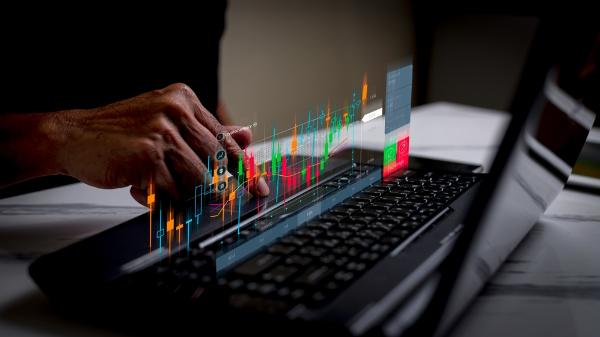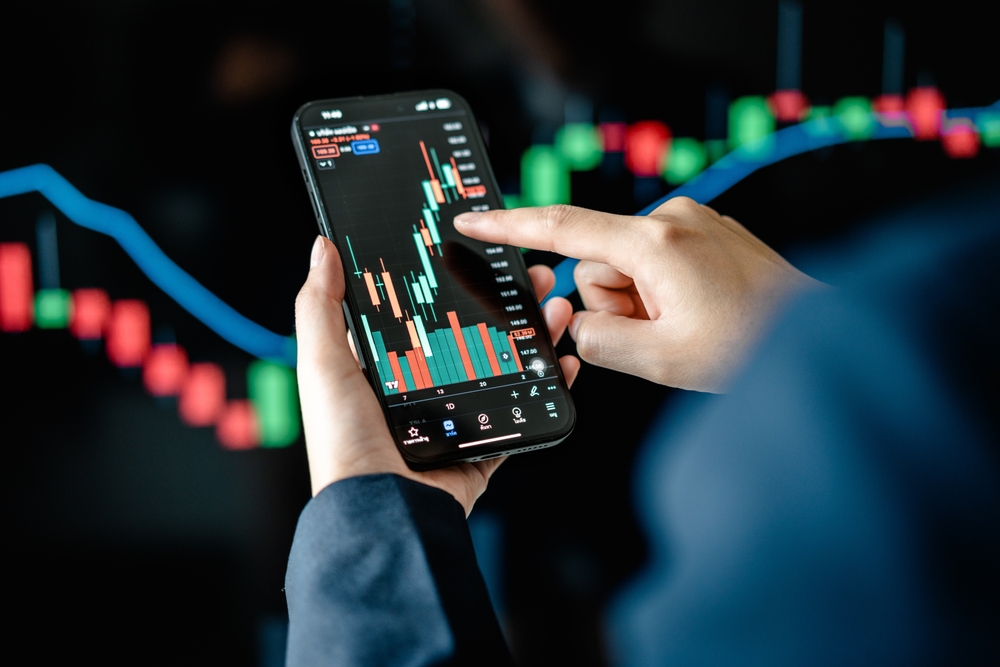 Newsletter Copywriting – Emails That Convert, Not Bore!
Newsletter Copywriting – Emails That Convert, Not Bore!
Risk Management Techniques for Forex and CFD Traders
Written by Ethan Williams » Updated on: June 17th, 2025

In the financial world, forex and CFD trading have gained immense popularity among traders because of the potential profits they can generate. However, with these opportunities to gain profit, some risks need to be addressed. Be it a beginner or an experienced trader, every trader often faces volatile markets, price fluctuations, and emotional stress that can affect their decision-making.
Therefore, understanding and implementing effective risk management techniques can help traders protect their capital from these risks. In this blog, we will explore some of the essential risk management techniques that can help Forex and CFD traders minimize their exposure to risks and losses, increasing their chances of profitability.
Effective risk management strategies
The Effective CFD and forex risk management strategies for traders are explained below-
Setting stop loss and take profit levels
The first and foremost rule of effective risk management is to set stop-loss and take-profit levels for every trade.
• Stop Loss: The stop loss refers to a predetermined price point at which the trades will automatically close to prevent further losses.
• Take-profit: Take-profit order ensures that trade is closed once a specified profit target is reached.
By setting these levels, traders can limit the emotional impact of the trade, as their decisions are guided by predetermined thresholds instead of spur-of-the-moment reactions. For instance, if you are trading a Forex pair and the market moves in the opposite direction to your expectations, a stop-loss order will automatically exit the trade at a set level, ensuring your loss is controlled.
Traders should know that this practice is especially useful when engaging in volatile markets like forex and CFD stock trading, as the leverage involved can amplify both profits and losses.
Position Sizing
One of the fundamental principles of risk management is the “1% rule.” This means that traders should never risk more than 1% of their trading capital on a single trade. For example, if you have $10,000 in your trading account, your risk per trade should not exceed $100.
This technique helps maintain consistent risk levels across all trades, preventing large losses that could wipe out your capital.
Diversification
Diversification is the trading strategy where instead of putting all the capital into a single asset or trade, traders spread their investments across multiple instruments. In Forex and CFD trading, this could mean trading different currency pairs, indices, or commodities to reduce the overall risk.
By diversifying, traders ensure that a loss in one trade is not catastrophic to their entire portfolio. Thus, even if one trade or asset underperforms, gains from other trades may offset potential losses.
Leverage Management
Leverage is one of the most advantageous aspects of forex and CFD trading. It allows traders to open larger positions with a smaller amount of capital (called margin). Though it can amplify potential gains, it should not be overseen without its risks. While leverage can increase profits, it can also lead to significant losses if not managed properly.
Thus, traders need to be cautious while using leverage and ensure that they fully understand its complicated implications. Experienced traders recommend using minimal leverage, especially when starting out in the financial market, as it reduces exposure to market volatility and the risk of margin calls.
Keep Emotions in Check
In financial markets, trading psychology has a crucial role.
Emotions like fear, greed, and overconfidence can lead to poor decision-making and increased risk exposure. To manage risk effectively, traders need to remain disciplined, follow their personalized trading plan, and avoid emotional responses to market movements.
One way to control emotions is by sticking to a pre-determined trading strategy and consistently applying it. This approach helps mitigate the impact of emotional impulses that could otherwise lead to impulsive trades or overtrading, both of which increase risk.
Risk-to-Reward Ratio
A good risk-to-reward ratio ensures that the potential reward on a trade justifies the risk taken.
Ideally, traders should aim for a risk-to-reward ratio of 1:2 or higher. This means that for every dollar risked, there is an opportunity to earn two dollars. By maintaining a favourable risk-to-reward ratio, traders can ensure that even if some trades result in losses, the profitable trades will outweigh them, leading to overall profitability.
Monitor Market Conditions Regularly
In the world of Forex and CFD trading, market conditions can change rapidly. Sudden geopolitical events, interest rate changes, or economic data releases can lead to significant price movements, impacting your trades.
Thus, traders should stay informed by regularly reviewing the market analysis, reports, and updates, and adjust their trading strategies accordingly. This proactive approach helps traders avoid unnecessary risks and positions them to act on opportunities effectively.
Concslusion
To conclude, effective risk management is the foundation for gaining long-term profitability in forex and CFD trading, as it enables traders to navigate the financial markets with greater confidence. However, it should be noted that as market conditions and personal experience evolve, traders should also refine their risk management practices.
Note: IndiBlogHub features both user-submitted and editorial content. We do not verify third-party contributions. Read our Disclaimer and Privacy Policyfor details.
Copyright © 2019-2025 IndiBlogHub.com. All rights reserved. Hosted on DigitalOcean for fast, reliable performance.













